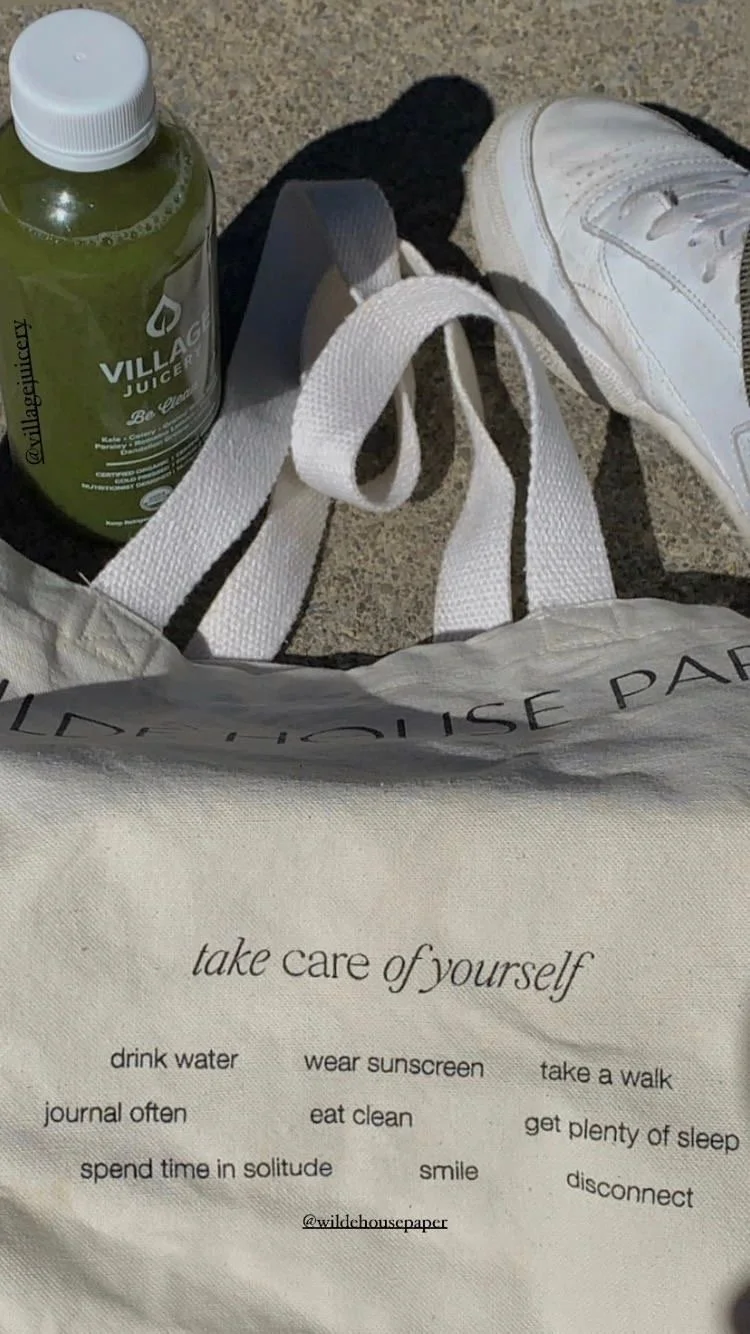For any parent, the joy of starting a family is one of life's most important and monumental events. Seeing your children develop and grow as they take their first steps and form their first words are emotional events and key memories to be cherished. As your children grow and as time progresses, you will be motivated to ensure that they are set up for success in all areas of life, including health and education—ensuring that they grow into healthy, independent, and financially secure adults.
Throughout your child’s growth stages and at the forefront of your mind, it will become increasingly necessary to safeguard your family’s ongoing good health. Being fit and healthy is fundamental to a long and enjoyable life. So, reinforcing these skills early on will only benefit your entire family unit. By following a few simple steps, you can ensure that you build a strong foundation for long-term physical health as you grow your family.
In this article, we discuss three tips on healthy living habits for you and your family members.
No. 1
Exercise together as a family
The link between regular exercise and improved health is widely recognized. Exercise has numerous health benefits, including helping to improve cardiovascular health in all ages, reducing stress levels, and lowering blood pressure. Take the time to plan some family activities that feature exercise and fun. For example, you could take the family on a walk in the countryside every weekend. The gentle exercise and fresh air will be invigorating, and the intensity of the walk can be tailored to the fitness of your family members.
Other perfect ideas for more sporty families include picking a team sport to play together. Cycling is an excellent choice (along with countryside walks) because you can tailor the intensity of the exercise to that of the participants. In the summer months, consider playing a game of soccer together as a family for guaranteed fun and good times.
No. 2
Monitor eye health
Most families will be fully aware of the importance of regular health checkups. They will take their children to routine doctor appointments to ensure there are no undiagnosed health problems. However, eye health can sometimes be overlooked as a vital part of your family's healthcare, and this should be avoided. Take your family members for an eye exam at least once every two years. This is vital for children and adults alike.
Eye health can indicate general health, and by examining the interior of the eye, optometrists can identify if other health problems (such as diabetes) are present. Children may need to wear glasses or use contact lenses if their eyesight needs correcting, which must be identified swiftly. However, laser eye surgery may be considered for older family members as a permanent solution to vision problems.
No. 3
Prioritize overall well-being
It is essential to take care of your health and overall well-being, not only physically but also mentally and emotionally. Prioritizing self-care and maintaining a balanced lifestyle can significantly enhance your quality of life. This includes seeking advice and guidance on any neurological conditions you may be encountering.
If you find yourself feeling uncertain or concerned that you might be experiencing symptoms of adult ADHD, it may be worth considering the option of undergoing a private adult ADHD assessment to gain clarity and understanding about your situation.
No. 4
Prepare Family home-cooked meals
Never underestimate the benefits of making home-cooked family meals. Cooking fresh, home-cooked meals helps to ensure you and the family enjoy a nutritious and well-balanced diet, supporting a healthy immune system. Children can be encouraged to help with simple food preparation activities, which can increase in complexity as they grow older and more confident in the kitchen. Remember that you will be helping them develop valuable life skills that will help them stay healthy as independent adults.
Takeaways
Instilling healthy habits while your children are young teaches them life skills that they can carry with them throughout their lives. As they grow up, they will start making choices on their own, ultimately affecting their well-being. As parents, we can mold our children into successful adults by passing on the correct knowledge that we know has the power to propel them further in life. Whether you are just starting to make small changes for your family or have been applying healthy habits for yourself and want to get your family involved, your awareness is key, and you should be proud of yourself for wanting to share that with those you love.









































































